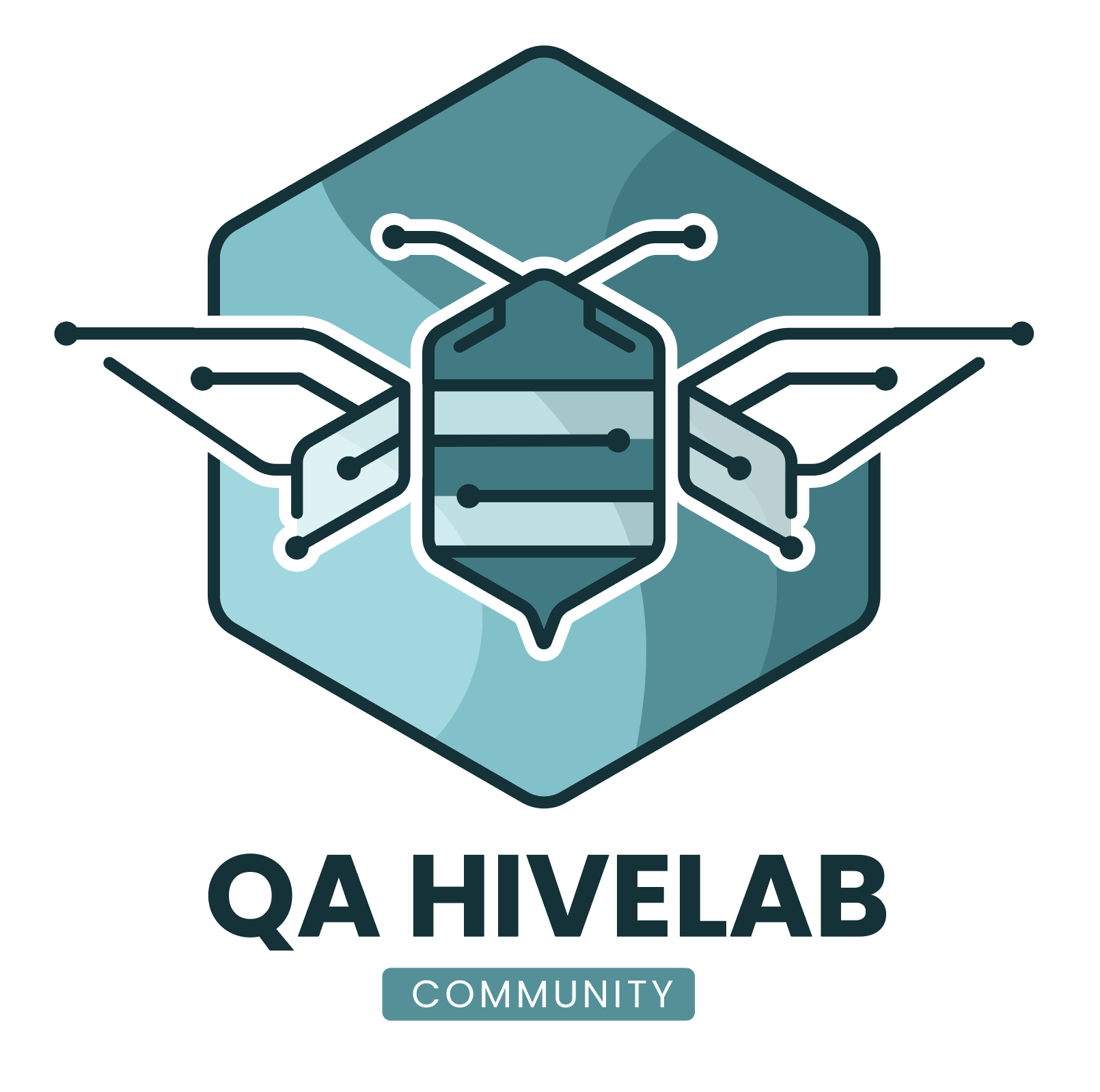Introducing Data-Driven Content Management for QA HiveLab
Introducing Data-Driven Content Management for QA HiveLab
At QA HiveLab, we believe that great content should come from great minds, not great web developers. That’s why we’ve completely restructured our content management system to separate content from presentation, making it incredibly easy for QA professionals to share their knowledge without needing to understand HTML or complex web technologies.
The Problem with Traditional Approaches
Traditional blog platforms often mix content with presentation code, making it difficult for subject matter experts to contribute. Authors had to:
- Learn HTML and CSS
- Understand complex template structures
- Navigate through code to make simple content changes
- Risk breaking the site with formatting mistakes
This created a barrier between our community’s knowledge and the blog that shares it.
Our Data-Driven Solution
We’ve implemented a data-driven content architecture that completely separates content from code:
🗂️ Structured Data Files
_data/site_config.yml- All site settings and configuration_data/authors.yml- Author profiles and information- Clean separation of content and presentation logic
📝 Content Templates
_templates/blog-post-template.md- Ready-to-use blog post template- Structured front matter with clear instructions
- Markdown-based content creation
🔄 Simple Contribution Workflow
- Copy the blog post template
- Fill in the structured front matter
- Write content in Markdown
- Submit via Pull Request
- Automatic deployment via GitHub Actions
Key Benefits
For Authors
- No HTML knowledge required - Everything is in Markdown
- Structured templates - Copy, fill, and publish
- Author profiles - Managed separately from posts
- SEO optimization - Built into the template structure
For Administrators
- Easy site management - Change settings via data files
- Content moderation - Review via Pull Requests
- Automated deployment - GitHub Actions handle everything
- Scalable architecture - Add authors and content effortlessly
For Readers
- Consistent experience - Professional presentation
- Rich author information - Detailed bios and social links
- Better discovery - Proper categorization and tagging
How to Contribute Content
Contributing to QA HiveLab is now as simple as:
1
2
3
4
5
6
7
8
9
10
11
12
---
title: "Your Amazing QA Insight"
date: 2025-06-08
author: your_author_id
excerpt: "A compelling one-sentence hook"
categories: [testing, automation]
tags: [selenium, python, ci-cd]
---
# Your content here in Markdown
Write your amazing insights using simple Markdown syntax...
Technical Implementation
Our solution leverages several key technologies:
- Jekyll Data Files - Store structured content separately
- Liquid Templates - Dynamic content rendering
- GitHub Actions - Automated deployment pipeline
- Markdown Processing - Clean content authoring
What’s Next?
This foundation enables us to:
- Add more content types (tutorials, case studies, resources)
- Implement contributor workflows
- Build community features
- Scale content management effortlessly
Get Started Today
Ready to contribute to QA HiveLab? Check out our Content Contribution Guide and start sharing your QA expertise with our community!
Have questions about our content management system? Reach out to the QA HiveLab team or open an issue in our repository.
 QA Hive
QA Hive